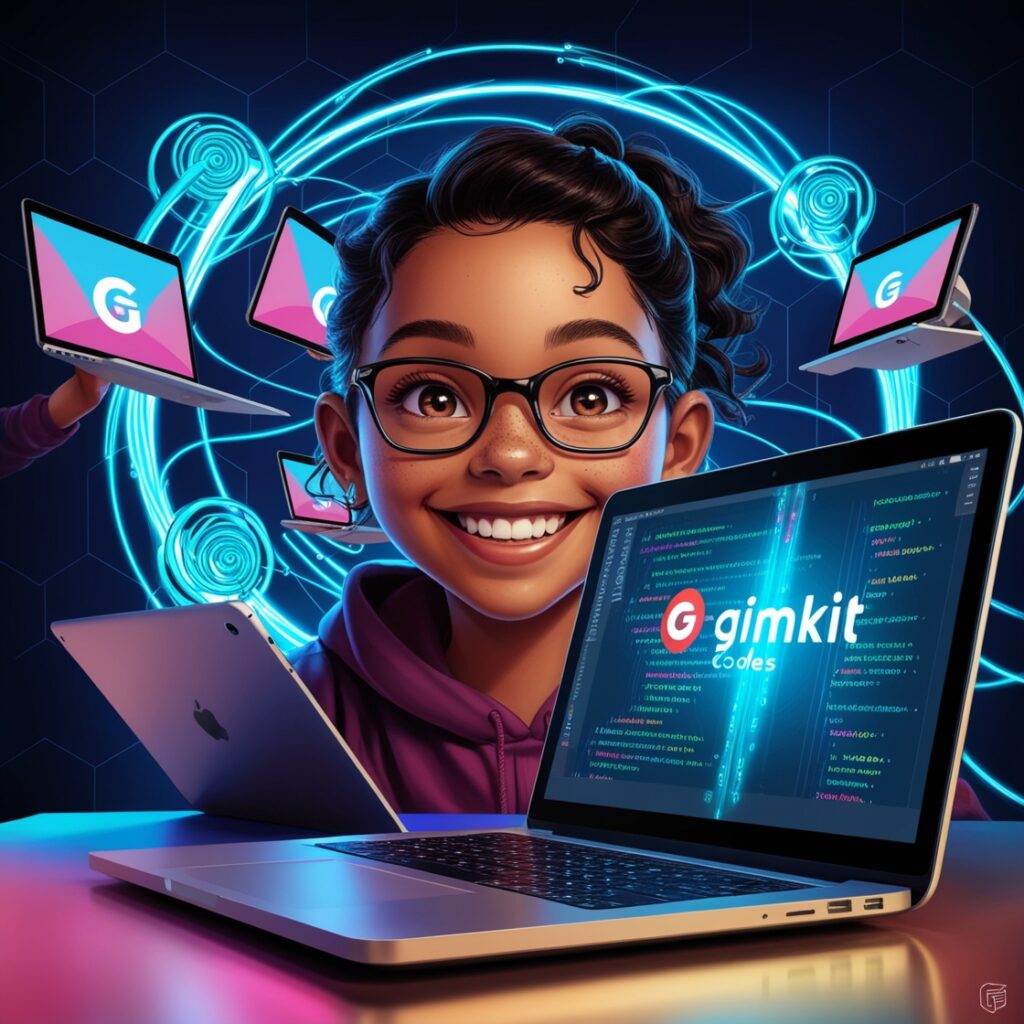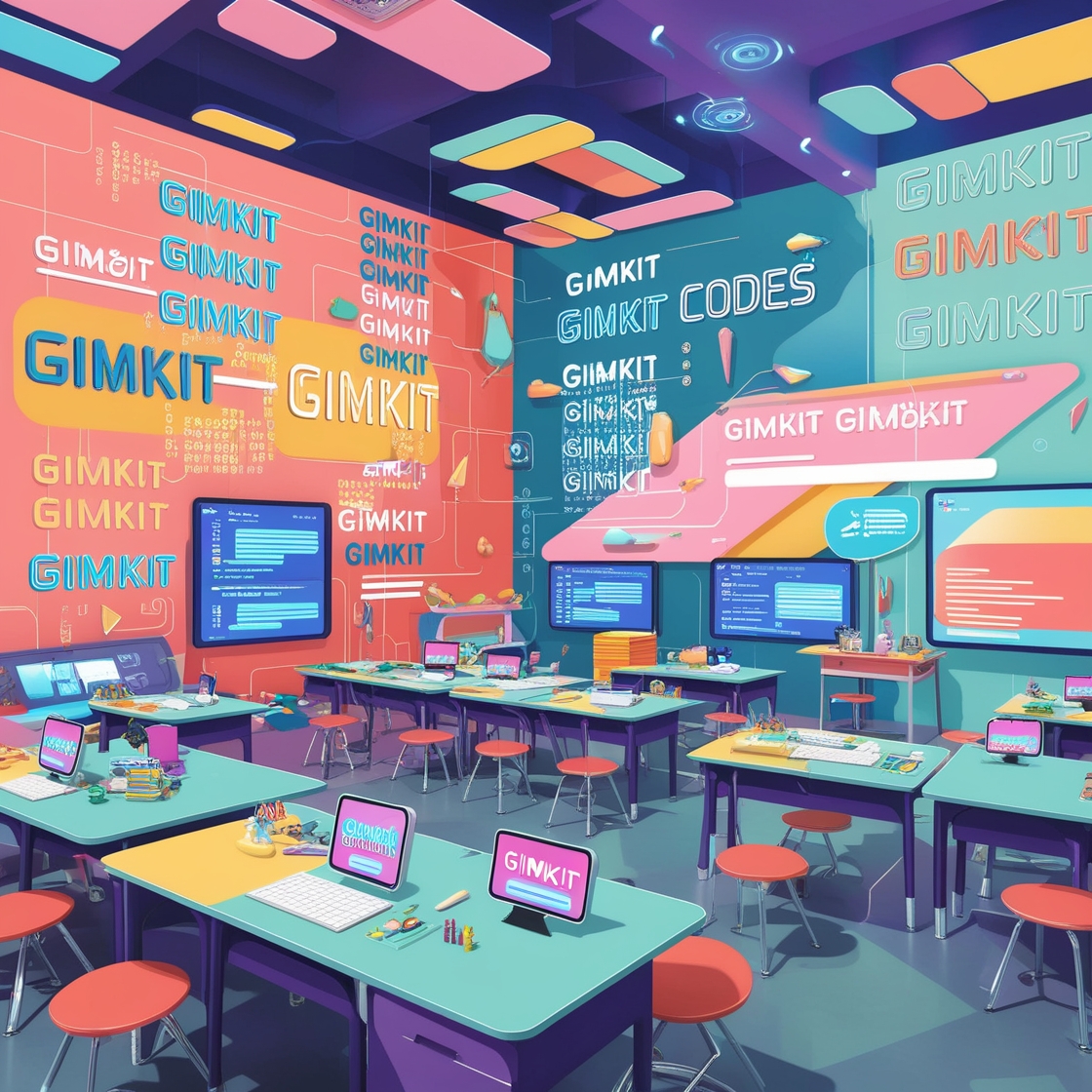Gamified learning has become an exciting way to increase student participation, make lessons interactive, and improve learning outcomes. Among the tools leading this trend is Gimkit Codes, which allows teachers to seamlessly combine education with gaming. A key feature of Gimkit is its codes, which make joining and hosting games simple while ensuring interactive and collaborative experiences for students.
If you’re looking to understand how these codes can improve classroom engagement and how they compare with other platforms like Kahoot or Blooket, this guide has you covered!
What Are Gimkit Codes?
Gimkit generates unique access codes for every game you host. These codes allow students to quickly join sessions from any device, making it easier to get everyone involved without technical delays. By focusing on simplicity, Gimkit codes pave the way for an uninterrupted classroom experience.
Why Are Codes Valuable for Teachers?
- Easy Access: Students enter a short code to join the game, eliminating time-consuming setup.
- Personalized Learning: Each code is tied to a specific set of questions, allowing tailored learning experiences.
- Engaging Collaboration: Codes work seamlessly in group activities, enabling students to join competitive or cooperative sessions instantly.
For those familiar with tools like Kahoot (used widely for quizzes) or Blooket (known for its fun mini-games), Gimkit offers a similar ease of access while providing unique features like customizable gameplay and strategy-based learning.
How to Generate and Use Gimkit Codes
Using Gimkit codes is straightforward and requires minimal effort from both teachers and students. Here’s a step-by-step guide to getting started.
Step 1: Create a Question Set
Every game begins with a “kit,” or a collection of questions, tailored to your lesson objectives.
- Log into the Gimkit dashboard.

- Click on “New Kit” to create a question set from scratch or use a pre-made template.
- Choose formats like multiple-choice, true/false, or open-ended questions. For inspiration, check out engaging examples on Blooket’s game setups or educational content-writing platforms like Sooper Write.
- Save your kit and finalize any customizations.
Step 2: Host Your Game
- Select your kit from the dashboard.
- Click “Host Game” to generate a unique code.
- Choose a gameplay mode (Classic, Team, Race, or Individual).
- Learn about these modes in our detailed post on Gimkit game modes explained.
- Share the generated code with students by writing it on the board, sending it via email, or sharing it in your classroom management tool like Google Classroom.
Step 3: Encourage Participation
To increase engagement, explain the game rules and emphasize the fun aspects of gameplay. Highlight how each student’s participation contributes to the class’s overall success, especially in collaborative modes like Team Mode.
Creative Ways to Use Gimkit Codes
Here’s how you can maximize the benefits of Gimkit codes across different subjects.
1. Mathematics
Gimkit’s Race Mode offers an energetic way to practice math. Create sets targeting equations, algebra, or geometry questions and use codes to host competitions. For a broader learning experience, combine this with Kahoot’s live quizzes that share a similar knack for engaging students in math.
2. Science
Interactive quizzes on science topics like the periodic table or ecosystems are a hit with students. Use Individual Mode to ensure students learn at their own pace. For inspiration on crafting creative question prompts, visit resources like Sooper Write.
3. Language Arts
Gimkit codes make it easier to gamify language arts. Create kits for students to identify literary devices or practice spelling. Use Team Mode for group sessions to encourage valuable peer collaboration.
4. History
Bring historical events to life by hosting quiz-style games where students race to answer questions about milestones and key figures. For innovative ideas, explore Blooket’s historical game templates for designing focused, engaging activities.
Tips for Increasing Classroom Engagement with Gimkit Codes

Boost student interest and make your games even more effective with these tips.
1. Plan Ahead
Prepare games in advance to avoid classroom downtime. Leverage resources like the Advanced Gimkit Dashboard Tips to streamline your setup process.
2. Personalize Learning
Create differentiated question sets for various skill levels to ensure students remain motivated and challenged.
3. Combine Platforms
Integrate Gimkit with other tools like Kahoot and Blooket to offer diverse gamified experiences tailored to different subjects.
4. Monitor Progress
Analyze performance data on the Gimkit dashboard. This data helps you identify areas where students excel or struggle as well as adjust future lessons accordingly.
5. Celebrate Student Achievements
Recognize students not just for winning but for participation, collaboration, and improvement. Personalized feedback goes a long way in boosting confidence.
Why Gimkit Codes Make a Difference
When combined with thoughtful preparation, Gimkit codes transform learning into an exciting, immersive experience. From enabling quick access to fostering collaboration, these codes make gamified education simple and impactful.
For even more resources to elevate your teaching, explore our blog at gimkitblog.com. Curious about other tools? Check out Kahoot for its competitive quizzes and Blooket for its playful twist on learning. Need help crafting questions that inspire participation? Head over to Sooper Write for creative writing tips tailored for educators.
Related Posts
Start using Gimkit codes today and watch your lessons come alive with interactive learning!

